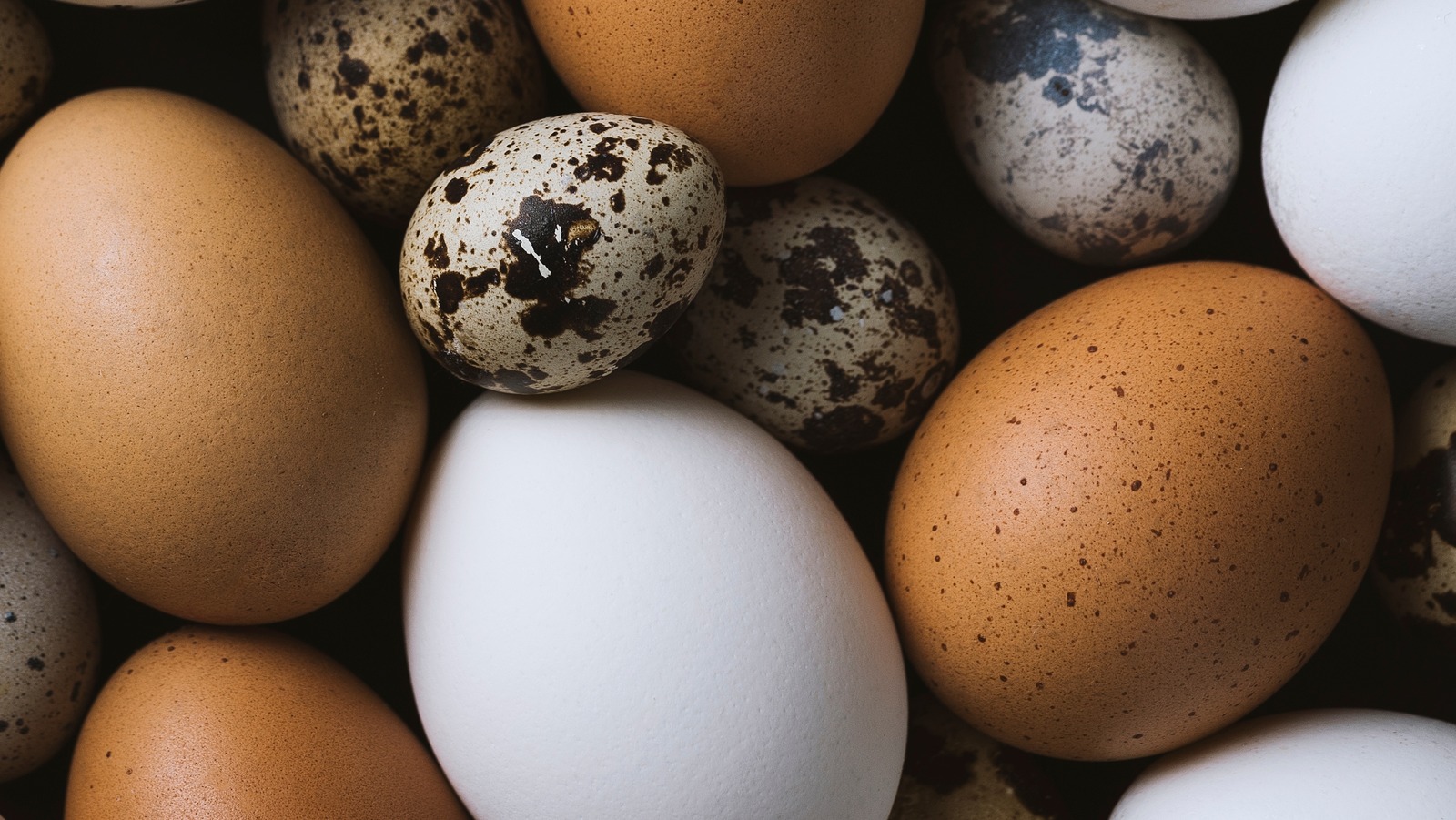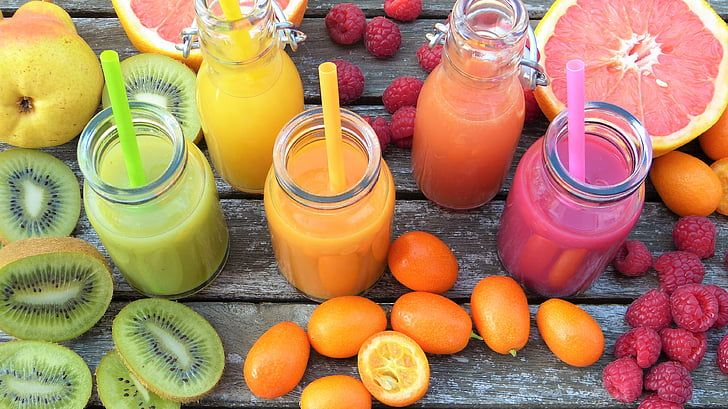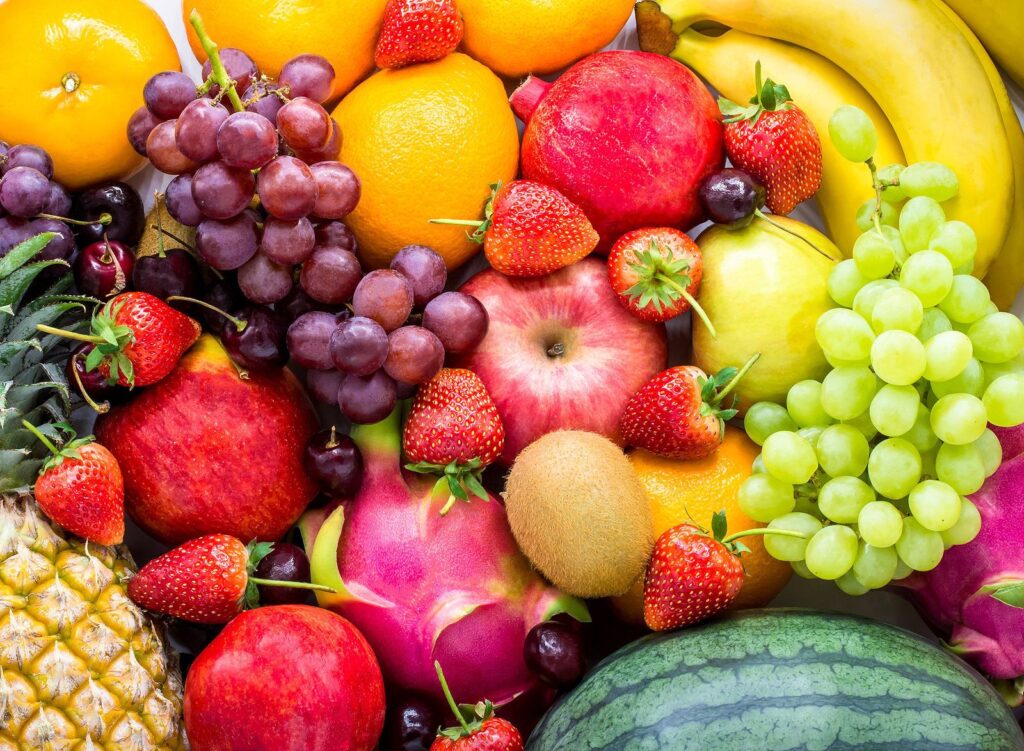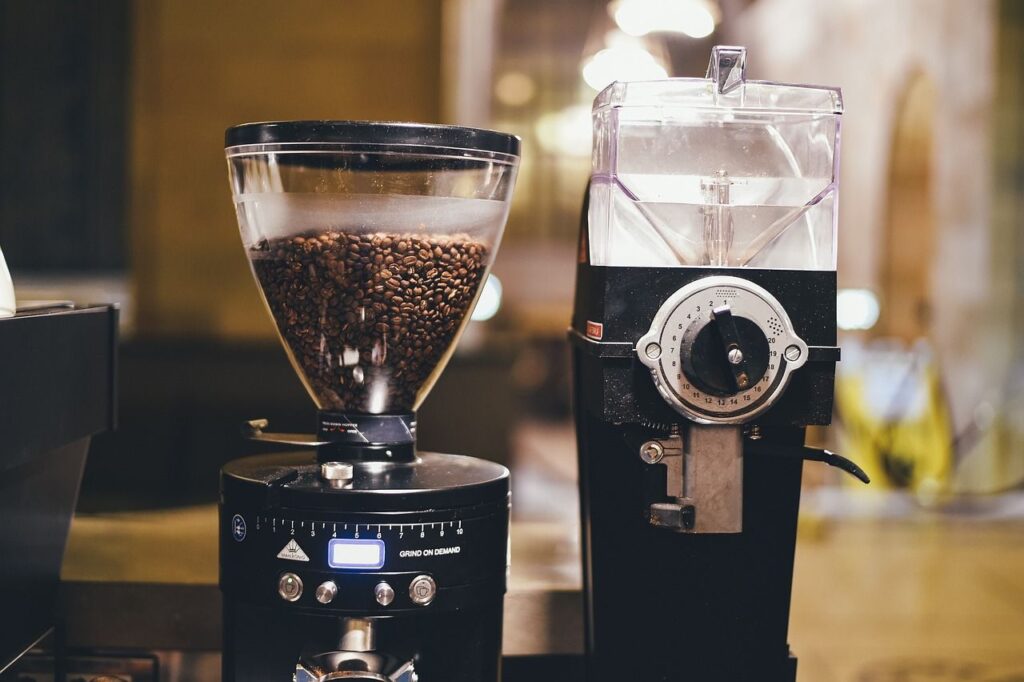
In the complex landscape of today’s economy, consumers are increasingly feeling the squeeze where it matters most: their grocery bills. The U.S. Bureau of Labor Statistics’ Consumer Price Index (CPI) data reveals a significant trend, with prices escalating by 23.6% since 2020 and a further 2.5% from December 2023 to December 2024. This upward trajectory intensified with a sharp 0.5% rise in prices from December to January alone, marking the most significant increase since August 2023.
This isn’t merely a fleeting market fluctuation; it represents a persistent economic shift that continues to redefine household budgets. Everyday staple items, once reliable in their affordability, have become noticeably more expensive, and the U.S. Department of Agriculture (USDA) forecasts that these price increases are set to continue throughout 2025. For the astute consumer and industry observer, understanding the specific items driving these shifts is crucial for navigating the evolving retail environment.
As we delve deeper into this critical economic trend, it becomes clear that a confluence of factors—ranging from global supply chain disruptions and climate change impacts to geopolitical events and domestic labor shortages—are collectively pushing prices higher. This report aims to provide an in-depth analysis of the grocery items that have seen the most substantial price hikes in 2025, offering insights into the underlying causes and their broader implications for the American consumer.

1. **Eggs: A Symbol of Volatile Food Inflation**Eggs have undeniably emerged as a potent symbol of the unpredictable nature of food inflation, experiencing one of the most dramatic price surges across the grocery aisle. According to CPI data, egg prices soared by an astounding 53% since this time last year and saw a sharp 15.2% increase in January alone. This singular commodity accounted for two-thirds of the total monthly “food at home” increase observed from December to January, underscoring its outsized impact on overall grocery costs.
Driving this significant escalation is the lingering devastation wrought by the recent avian flu virus. The culling of millions of birds—more than 169 million since 2022, as reported by the Centers for Disease Control (CDC)—has severely disrupted the supply chain, creating an ongoing problem that experts predict will worsen before any significant recovery. This direct link between a biological event and market volatility highlights the fragility of our food systems.
The USDA’s April 2025 Food Price Outlook offers a sobering forecast, predicting a staggering 54.6% increase for eggs throughout 2025. This projection reinforces the notion that the current elevated prices are not a temporary anomaly but a sustained trend. Consumers are already feeling the pinch, with the average retail price for a dozen conventional eggs reaching $3.30, while USDA organic free-range eggs are priced at $6.49, and organic pasture-raised options hit $9.69.
This roller coaster of egg prices demonstrates how a single, severe disruption can send ripples through the entire food system. Given eggs are a fundamental ingredient in a vast array of products, from daily breakfasts to complex baked goods, their price trajectory affects not just the dairy aisle, but the broader economy and the average family’s food budget, making them a central point of concern for both consumers and policymakers.

2. **Uncooked Beef and Veal: Demand Outstripping Supply**Uncooked beef and veal represent another critical category experiencing notable price increases, driven by a powerful confluence of high consumer demand and constrained supply. The price for uncooked beef saw a 2.8% increase from December to January, contributing to a broader trend that has pushed beef to unprecedented levels. Industry experts note that robust consumer appetite for beef is consistently outstripping the available supply, creating an inflationary environment.
Historical perspectives underscore the severity of this shift. Pat Wood, a cow-calf producer in LaMonte, Missouri, recounted to Drovers.com how steer prices that once hovered around 50 to 57 cents a pound are now “over three bucks a pound.” This dramatic change illustrates the long-term upward pressure on beef prices, challenging traditional consumer expectations and significantly impacting budgets.
The USDA’s April 2025 outlook predicts a 6.3% increase for beef and veal prices this year, signifying continued upward movement. A substantial factor contributing to these elevated costs is the reliance on imports; approximately 20% to 30% of ground beef in the U.S. is sourced internationally. Major suppliers like Australia and Brazil have been subject to tariffs since August 1, with Brazilian beef, for instance, facing tariffs as high as 50%. These import taxes are directly passed on to consumers, further inflating prices.
Compounding these pressures, a severe drought in 2022 across key cattle-producing states such as Texas, Oklahoma, and Kansas profoundly impacted pastures, escalating the cost for farmers to feed their livestock. This environmental stress, combined with already high prices, incentivized many farmers to sell their cattle for slaughter rather than retaining them for breeding, leading to the U.S. cattle inventory hitting its lowest point since 1951 in January. This reduction in the breeding herd ensures that supply constraints will persist for years, embedding higher beef prices into the foreseeable future.
3. **Instant Coffee: Brewing Up Higher Costs**Even the morning ritual of a cup of coffee has become significantly more expensive, with instant coffee prices climbing by a whopping 4.4% from December to January. This increase reflects broader challenges affecting the coffee supply chain, where environmental issues are playing a dominant role. Consumers are now directly bearing the cost of these global climatic shifts, demonstrating how interconnected our daily consumption is with planetary health.
Jeffrey Sachs, a sustainable economist at Columbia University, articulated this concern to NBC News, stating, “As the long-term climate changes, these weather conditions are far more likely to hit extremes and cause losses in coffee yields as well as volatility to coffee production.” This assessment highlights how droughts, floods, and unseasonal weather in major coffee-growing regions, such as Brazil and Vietnam, are creating instability and driving prices upward, with coffee prices having already jumped more than 20% in the last year alone.
Beyond climate, policy decisions also play a role. President Trump’s double-digit import taxes on various goods, including imported staples like coffee, are further exacerbating price pressures. As David Ortega, a food economist at Michigan State University, explains, “Tariffs are simply a tax on imported goods. So that raises the cost, and ultimately consumers see that at the grocery store.” These tariffs layer additional costs onto an already stressed supply chain, ensuring that the price of coffee remains a significant concern for households.
For many, coffee is not just a beverage but a daily necessity, and the increasing cost is forcing difficult choices. Shelia Fields, a retired nurse from Galveston, Texas, shared her struggle with NPR, noting, “We have not bought coffee in a month and the prices are going up, up, up… We’re down to like one cup in the morning. And I just hate to give that up.” Her sentiment echoes that of countless consumers grappling with the rising cost of everyday essentials, illustrating the personal impact of these macroeconomic trends.

4. **Frozen Juice: The Citrus Shortage Squeeze**Frozen juice products have also experienced a notable price hike, increasing by 5.3% according to CPI data, signaling a persistent upward trend. This ongoing escalation is primarily attributed to a severe and sustained shortage of citrus crops, which has, in turn, curtailed the availability of juice. The scarcity of raw materials is a critical bottleneck in the supply chain, directly translating to higher prices for consumers at the checkout counter.
The issue extends beyond mere cost, touching upon fundamental availability. Oscar Simonetti, an orange farmer in Mogi Guacu, Brazil, articulated this profound concern to AP, stating, “The concern isn’t just that the price of juice is going up. The concern is not having the juice.” This sentiment underscores a deeper anxiety about food security, where climate-induced crop failures threaten not only affordability but also the very presence of certain items on grocery shelves.
The broader category of nonalcoholic beverages, which includes juice, is predicted by the USDA to see a 4.2% increase in 2025. This forecast reinforces the expectation that frozen juice prices will continue their upward climb. The USDA specifically points to higher global orange juice prices, primarily driven by adverse weather conditions such as flooding and drought in key producing regions like Brazil. These climatic challenges are not isolated incidents but rather part of a larger pattern of climate change impacts affecting agricultural yields worldwide.
For consumers, this means adapting to higher prices for a once-affordable breakfast staple and potentially exploring alternatives. The scarcity and cost of frozen juice reflect a broader vulnerability in our global food supply chains, where environmental factors can rapidly and dramatically alter market dynamics and consumer access to essential goods. The challenge for both producers and consumers lies in navigating this new reality of reduced availability and increased expense.

5. **Margarine: Geopolitical Impact on Everyday Spreads**Even a humble pantry staple like margarine has not been immune to inflationary pressures, with its price increasing by 3.6% from December to January. This rise is particularly notable as it occurred even while butter prices, a direct substitute, actually saw a slight drop of 0.1% during the same period. The divergent price movements highlight unique pressures impacting the margarine market, primarily linked to global geopolitical events and their ripple effects on agricultural commodities.
Margarine production relies heavily on various vegetable oils, including palm, soybean, and sunflower oil. The ongoing conflict in Ukraine has severely impacted the global supply chain for these critical ingredients, particularly sunflower oil, given Ukraine’s significant role as a producer. As John Sandbakken, executive director at the National Sunflower Association, explained to CBS MoneyWatch, “And as supply decreases, as it has, you’re going to see prices go up.” This direct link between conflict and commodity prices underscores the global interconnectedness of our food system.
Sandbakken’s further comments offer a pragmatic, if not entirely optimistic, outlook on price relief: “It might be a while, honestly, before prices come down.” This assessment suggests that the disruptions caused by the conflict are not temporary glitches but rather long-term systemic challenges that will continue to influence input costs for margarine manufacturers. The reduced availability and increased cost of these essential vegetable oils are passed down through the production chain, ultimately reaching the consumer.
For households, the elevated price of margarine means that even basic cooking and dietary choices are becoming more expensive. It forces consumers to either absorb higher costs or seek out even more economical alternatives, if available. This situation serves as a stark reminder of how distant global events can directly influence the cost of everyday items in local grocery stores, making seemingly simple purchases a point of financial consideration.

6. **Olives and Pickles: Harvest Failures and Water Woes**Olives, pickles, and relishes collectively saw a 2.7% price increase from December to January, once again attributed to fundamental supply and demand issues. However, the specific drivers behind these increases are rooted in distinct agricultural challenges, particularly concerning olive production. The context provided paints a clear picture of how climate-related agricultural setbacks are impacting these Mediterranean-inspired pantry items.
The spike in olive oil prices, a primary derivative of olives, is largely a consequence of “two consecutive poor harvests in Spain, the world’s largest producer,” as Panos Manuelides, a Greek and Mediterranean fine food importer, explained to The Times. This dire situation was further compounded by “widespread crop failures across the Mediterranean last year, due to adverse weather conditions.” Such environmental stressors—droughts, unseasonable temperatures, and other extreme weather events—have devastated yields, creating a significant deficit in global supply.
Manuelides offered a cautious outlook on future price relief, noting that “Although an improved harvest this year may offer some relief, prices are unlikely to return to previous levels, especially considering factors such as critically low water reserves in Greece.” This insight highlights that even if short-term improvements occur, long-term environmental challenges, particularly water scarcity in critical agricultural regions, will likely prevent prices from reverting to pre-crisis levels. The structural nature of these issues suggests that higher prices for olives and related products may be the new normal.
For consumers, this means that enjoying items like olives, whether as a snack, an ingredient, or in the form of olive oil, comes with an increasingly higher price tag. The interconnectedness of global agriculture, climate patterns, and consumer costs is vividly demonstrated in this category, showing how environmental degradation in one part of the world can directly impact the grocery budget in another.

7. **Bacon: Beyond the Breakfast Plate**The surge in grocery prices isn’t confined to just a few categories; it’s a systemic issue impacting diverse areas of the household budget. Even beloved breakfast staples like bacon have not been spared, showing a significant 4.1% increase from December to January alone, as highlighted by recent data. This jump places bacon squarely among the items contributing to the overall inflationary pressures observed across various food categories, prompting consumers to reconsider their morning routines. This rise in prices, especially for a widely consumed item, contributes to the broader consumer stress over grocery bills, a significant source of anxiety for over half of all Americans, according to a survey by The Associated Press and NORC.
David Ortega, a distinguished food economics professor at Michigan State University, pointedly observed to USA Today that “When you’re looking at the data, it’s the breakfast items that stand out.” This underscores a broader trend where the costs associated with starting the day are notably higher. The escalation in bacon prices can be linked to wider challenges within the pork industry, including those affecting other cuts like pork steaks, chops, and ribs.
These broader challenges encompass labor issues within the processing sector, which ripple through the entire supply chain. As Rabobank economist Christine McCracken explained to Pork Business, packers could face “constraints on worker availability,” alongside “higher turnover and increased absenteeism.” Such disruptions invariably translate into elevated production costs, which are then passed on to consumers. For many families, this means a once-affordable option for a protein-rich breakfast is now a more significant financial consideration, forcing a recalibration of grocery budgets.

8. **Cookies: A Shrinking Treat, a Rising Cost**Even the simple pleasure of cookies has become a casualty of the persistent inflationary environment, with prices rising by 2% according to recent data. This increment extends even to iconic brands, as evidenced by the Girl Scouts’ decision to increase the price of their beloved cookies from $5 to $7 a box, a change that reflects the pervasive nature of rising input costs. Such adjustments in the price of everyday treats highlight how deeply inflation is woven into the fabric of consumer goods.
Beyond the direct price increases, consumers are also grappling with more subtle shifts in corporate strategy, notably “shrinkflation.” This phenomenon sees product sizes quietly diminishing while prices remain constant or even climb, effectively delivering less for the same or more money. Many brands have maintained elevated food prices even after their own costs might have stabilized, leveraging the general “blame inflation” narrative to protect profit margins.
This strategy, which impacts the tangible quantity of goods received, can be particularly frustrating for shoppers who are already keenly aware of their shrinking purchasing power. A recent survey revealed that a substantial 75% of consumers have become aware of shrinkflation at the grocery store, making them more vigilant about their purchases. Whether it’s a lighter cereal box or a smaller snack bag, these changes impact the perceived value and stretch of a household’s grocery budget, necessitating a more critical eye on product labels beyond just the advertised price.
In response, consumers are increasingly exploring alternatives and adopting new strategies. Scott Lieberman of Touchdown Money advises looking for “cheaper substitutes,” openly admitting, “As much as I love Oreos, now that they’ve raised the price so much, I’ve switched to the generic supermarket brand cookies that are similar.” This shift towards private-label or generic brands reflects a pragmatic approach to managing costs without entirely abandoning familiar comforts.

9. **Pork Ribs: The Lingering Impact of Labor and Supply**Pork ribs, along with other popular cuts like pork steaks and chops, have experienced a 2% price increase, making these traditionally more economical meat options less accessible for many consumers. This upward trend challenges long-held perceptions about affordability and underscores the multifaceted pressures affecting the meat industry, particularly in categories that rely on complex processing and distribution networks.
A significant driver behind these elevated prices is the ongoing struggle with labor availability and stability within the food industry. The sector continues to contend with the aftermath of pandemic-era disruptions, finding it challenging to fully staff its operations. For pork producers and processors, this means a potential shortage of workers on the processing lines, directly impacting efficiency and output.
Christine McCracken, an economist at Rabobank, emphasized this point to Pork Business, highlighting that “Not only could our packers see constraints on worker availability, but we would also expect higher turnover and increased absenteeism.” When fewer hands are available, or when operations are slowed by staffing challenges, the costs of production naturally rise. These increased expenses are then inevitably passed along the supply chain, ultimately contributing to the higher prices consumers see at the butcher counter.
The broader economic backdrop, marked by continued uncertainty around interest rates and trade policy, further amplifies the pressure on essential food items. For many, protein sources like pork ribs, traditionally a more budget-friendly choice, now demand a larger slice of the household budget, requiring careful consideration and adjustment in meal planning.

10. **Canned Fruits: Weathering the Storm of Extreme Conditions**The convenience of canned fruits, a pantry staple for many, has also come with a higher price tag in 2025, experiencing a 2.8% increase. This rise is directly attributable to the severe impact of extreme weather events on agricultural yields, leading to diminished supply for processing. The U.S. Department of Agriculture (USDA) forecasts that this upward trajectory for farm-level fruit prices will continue, predicting an 8.6% increase in 2025, further signaling persistent challenges ahead.
These environmental stressors are part of a broader pattern of global supply chain and climate disruptions, which are increasingly making it difficult to grow and transport food worldwide. A 2025 Stanford study underscored this gravity, noting that rising global temperatures have already reduced yields of major crops by more than 15% in certain regions. Extreme weather phenomena such as droughts, floods, and heat waves are not only damaging farms but also severely disrupting the global export of food commodities.
This trajectory aligns with warnings from experts like Jeffrey Sachs, a sustainable economist, who noted to NBC News how “As the long-term climate changes, these weather conditions are far more likely to hit extremes and cause losses… as well as volatility to production.” Such volatility underscores the need for resilience in global food systems, even for processed goods like canned fruits.
For consumers, this means adapting to a new reality where once-affordable fruit options become pricier, and availability can be less predictable. The interconnectedness of global climate patterns and local grocery prices is starkly evident in this category, showing how environmental degradation in one part of the world can directly impact the grocery budget in another.

11. **Frozen Bakery Products: The Ripple Effect of Essential Ingredients**The cost of frozen bakery products, encompassing a variety of items such as pies, tarts, and turnovers, has seen a 1.9% increase. While seemingly modest, this rise is a clear indicator of the pervasive inflationary pressures affecting even highly processed food categories. A significant contributing factor to these higher prices is the lingering impact of the severe egg shortage, demonstrating how a disruption in one foundational commodity can create ripple effects across numerous dependent industries.
The avian flu outbreaks, which dramatically drove up egg prices and reduced supply as detailed earlier, have had far-reaching consequences. Eggs are a fundamental ingredient in countless baked goods, and the elevated cost or scarcity of this essential component directly inflates manufacturing expenses for frozen bakery items. This interconnectedness means that even as direct egg prices might fluctuate, the residual impact on products made with eggs can persist, embedding higher costs into the supply chain.
Despite overall grocery price inflation being “relatively tame” compared to past spikes, as Gregory Daco, EY Parthenon’s chief economist, observed to CNN, he cautioned that “prices relative to where they were before the pandemic remain very high.” This nuance is crucial: while the *rate* of increase may have slowed, the *absolute* prices consumers are paying are substantially higher than they were just a few years ago. This creates a challenging environment where families are continually adjusting to a “new normal” for their grocery budgets.
Indeed, the experience of shoppers like Rebecca White, who works at a bank in Cincinnati, resonates deeply; she notes, “Once prices go up, they rarely if ever come back down.” This sentiment captures the resignation many feel, recognizing that while inflation rates may ebb and flow, the baseline cost of groceries has fundamentally reset to a higher plateau, profoundly altering household financial planning.

12. **Sugar and Sweets: Global Shortages Sweeten the Price**The allure of sugar and sweets has also been met with a dose of economic reality, as prices in this category increased by 5.5% from June 2024 to June 2025, with the USDA forecasting a 4.6% rise for the entire year of 2025. This surge encompasses not only sugar itself but also candy and chewing gum, with candy and gum specifically registering a double-digit increase of 9.7% over a 12-month period from October 2022 to October 2023. Such significant jumps highlight the global nature of commodity markets and their direct influence on consumer prices.
The primary driver behind this sweet inflation is a stark imbalance between high consumer demand and a pronounced global shortage of sugar. This deficit is largely due to persistent issues affecting sugarcane growth and production, particularly in Brazil, a key global supplier. Adverse weather conditions, alongside other agricultural challenges, have curtailed yields, causing a bottleneck in the supply chain that has a worldwide impact.
For households and those with a sweet tooth, the elevated cost of these items is hard to ignore. Consumers like Linda Quilter and Becky Merriman from rural eastern Virginia have specifically noted the rising cost of candy, with Merriman stating, “A bag of Dove chocolates used to be about $4 and now it’s over $6.” These anecdotal experiences underscore the tangible effect of global commodity shortages on local grocery shelves and daily expenditures.
Furthermore, global trade policies, including import taxes, can layer additional costs onto already stressed commodity markets. David Ortega, a food economist, clarified that “Tariffs are simply a tax on imported goods. So that raises the cost, and ultimately consumers see that at the grocery store.” This interplay of environmental and political factors ensures that the price of sweets remains a significant concern, forcing consumers to either adjust their consumption habits or allocate a larger portion of their budget to satisfy their cravings for sweetness.
***
As we navigate the complexities of 2025, the picture emerging from our grocery aisles is one of persistent elevation in prices, a “new normal” shaped by a confluence of global and domestic factors. From the farm-level challenges posed by climate change and disease outbreaks to the operational hurdles of labor shortages and strategic corporate pricing, the forces driving these increases are deeply entrenched. Consumers, like Shelia Fields and Rebecca White, are already demonstrating remarkable adaptability, embracing strategies from meticulous sale-hunting to meal planning and leveraging food-saving apps. While the steepest inclines of inflation may be behind us, the sustained high costs necessitate continued vigilance and informed decision-making. Understanding these underlying dynamics empowers households to not just cope, but to proactively manage their food budgets, ensuring financial stability in an ever-evolving economic landscape. The journey through today’s grocery store is indeed a testament to resilience and resourcefulness, a constant negotiation between necessity and affordability.




